What Is TikTok’s Sleepmaxxing Trend?
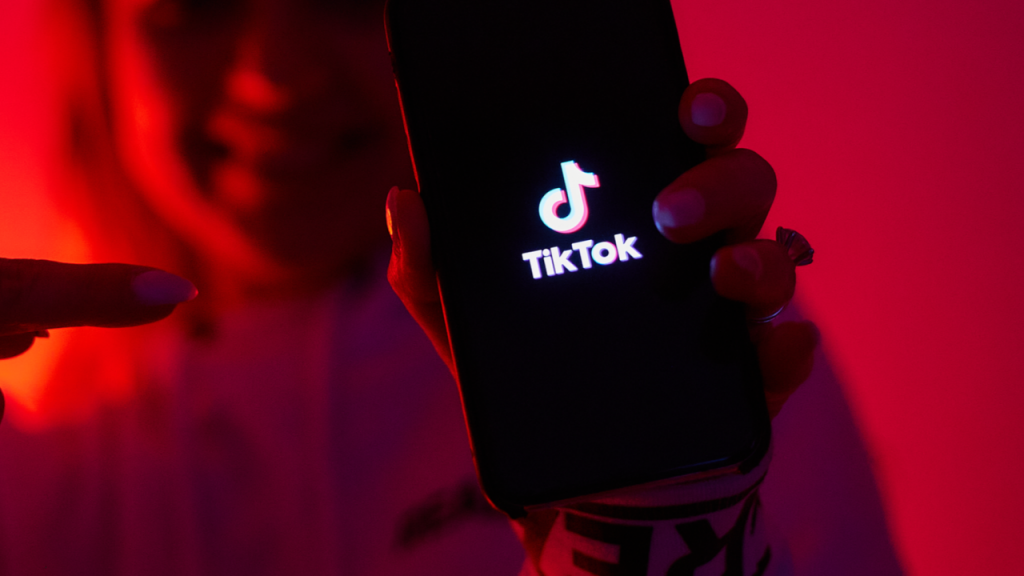
In an era where we adore the “grind culture,” a new approach has risen that turns traditional productivity on its head—sleepmaxxing. Pioneered on TikTok, sleepmaxxing is about maximizing sleep quality and prioritizing rest as a key to personal wellness, productivity, and even happiness. For many young people burnt out by a culture of overwork, sleepmaxxing demonstrates a shift toward stability and self-care, creating space for a full, rested life. The Sleepmaxxing trend is a lifestyle approach focused on optimizing both quantity and quality of sleep. Unlike traditional views that often see sleep as just a recovery tool, sleepmaxxing treats sleep as a luxury and priority, aiming to improve every facet of the sleeping experience.
Also Read:- Cat Blender Video TikTok: Check Gore Twitter Full Video Facts Here
For some, this includes investing in high-quality bedding, maintaining a strict sleep schedule, embracing relaxation techniques, and curating a sleep-friendly environment. Others are leaning into sleep tech, such as apps and gadgets that monitor sleep cycles or offer white noise and meditation support. Sleepmaxxing is more than just “getting more sleep.” It’s about treating rest as an essential pillar of wellness, moving beyond society’s rush for constant productivity. What a time to be alive. Folks are finally seeing a healthy lifestyle as a flex, and not hustling away their youth in the adult rat race. TikTok has become a hot spot for health and wellness trends, especially those that counter hustle culture. From “bare minimum Mondays” to “quiet quitting,” the platform is home to a new generation that values well-being over burnout. Sleepmaxxing, with its focus on rest and rejuvenation, fits right in.
Why is sleepmaxxing a hot topic today?
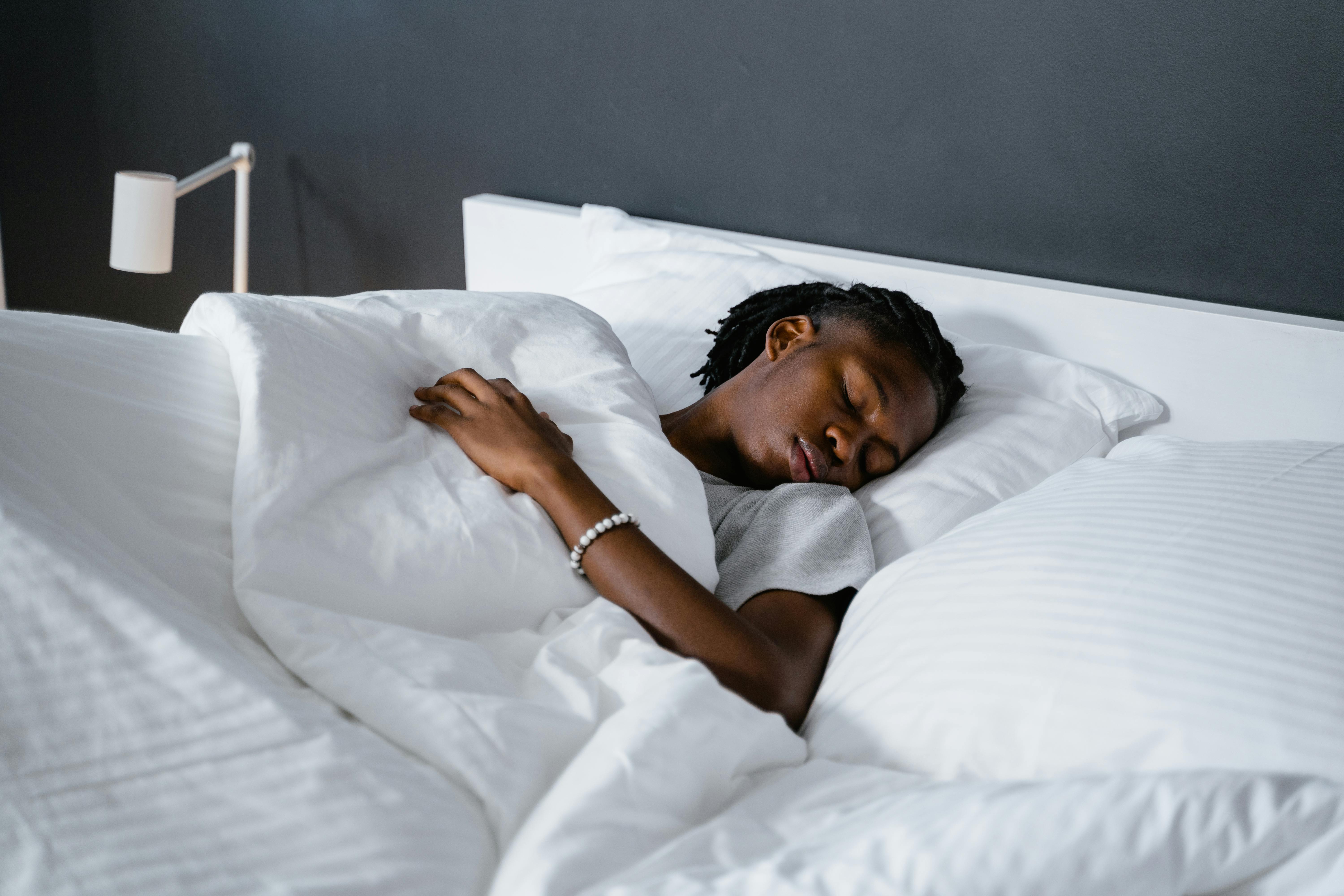
With hybrid and remote work, many people have greater control over their schedules, allowing them to prioritize sleep. Conversations around mental health emphasize the critical role of sleep in managing anxiety, stress, and emotional health. Social media influencers, wellness gurus, and sleep scientists regularly post about the importance of sleep, encouraging followers to invest in it like they would any other health practice.
How to hop on the Sleepmaxxing trend
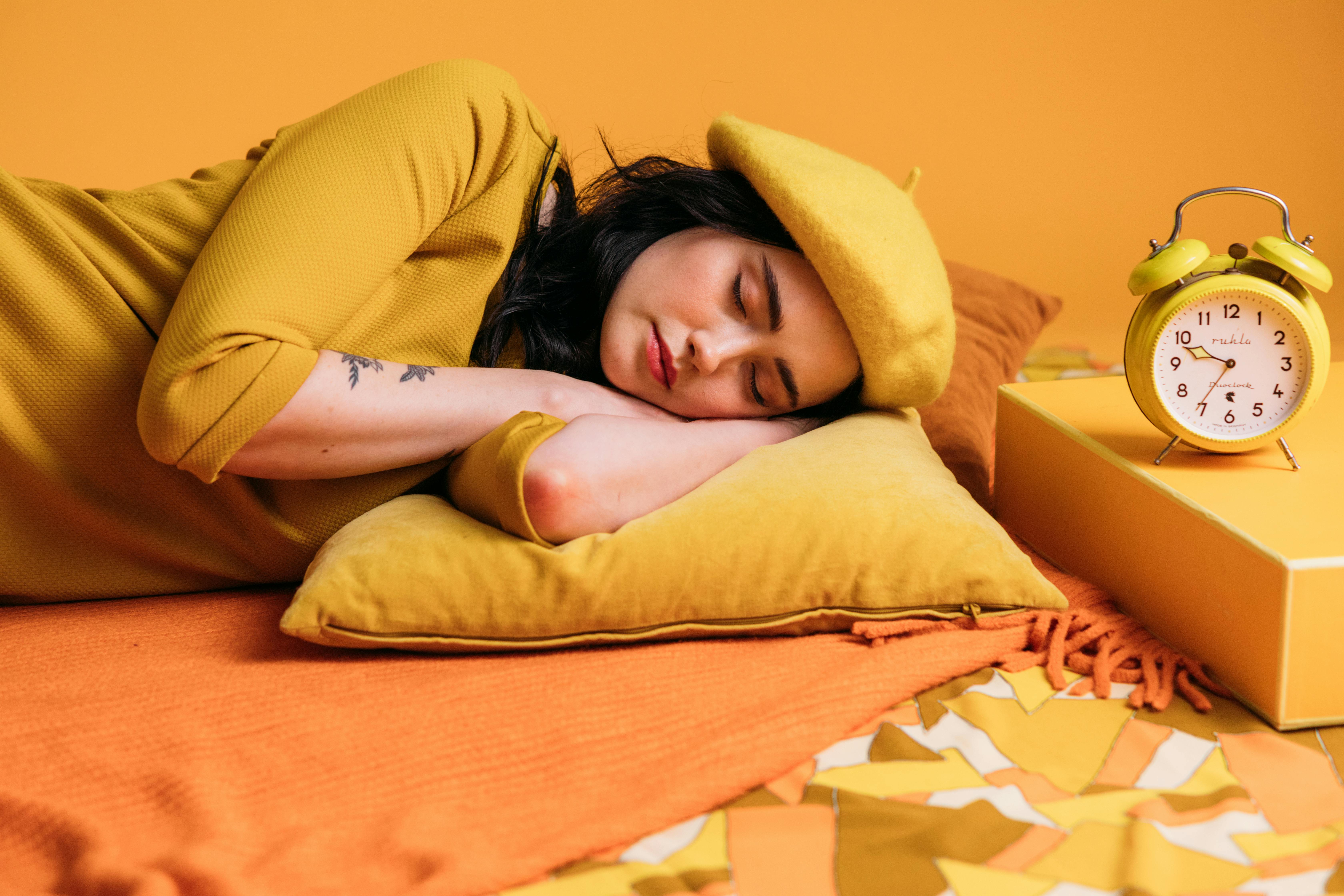
- Start by creating a luxurious sleep environment. Invest in high-quality sheets, pillows, and mattresses. Comfortable, breathable fabrics and supportive bedding make a big difference. Consider blackout curtains and white noise machines if you’re sensitive to light and sound. Keep your bedroom cool; sleep professionals recommend around 60-67°F (15-19°C) for best rest.
- Try to go to bed and wake up at the same time every day, even on weekends. A consistent routine strengthens your circadian rhythm, making it easier to fall asleep and wake up. Create a pre-sleep ritual that includes calming activities like reading, listening to relaxing music, or doing gentle stretches. Many sleepmaxxers avoid screen time in the hour leading up to bed to prevent blue light from disrupting melatonin production. Wearable devices provide data on sleep stages, heart rate, and sleep quality, which can offer insights on areas for improvement. There are many apps that offer relaxation exercises, bedtime stories, and white noise to help you relax before bed. Using lighting that mimics natural sunlight in the morning and reduces blue light in the evening can support better sleep cycles.
- Caffeine can stay in your system for up to 8 hours. Try to avoid it in the afternoon or evening. Regular physical activity improves sleep quality, but avoid intense exercise too close to bedtime, as it might be stimulating. Hydration impacts your sleep quality, but drinking too much before bed can lead to nighttime awakenings.
Why is this sleep trend a good idea?
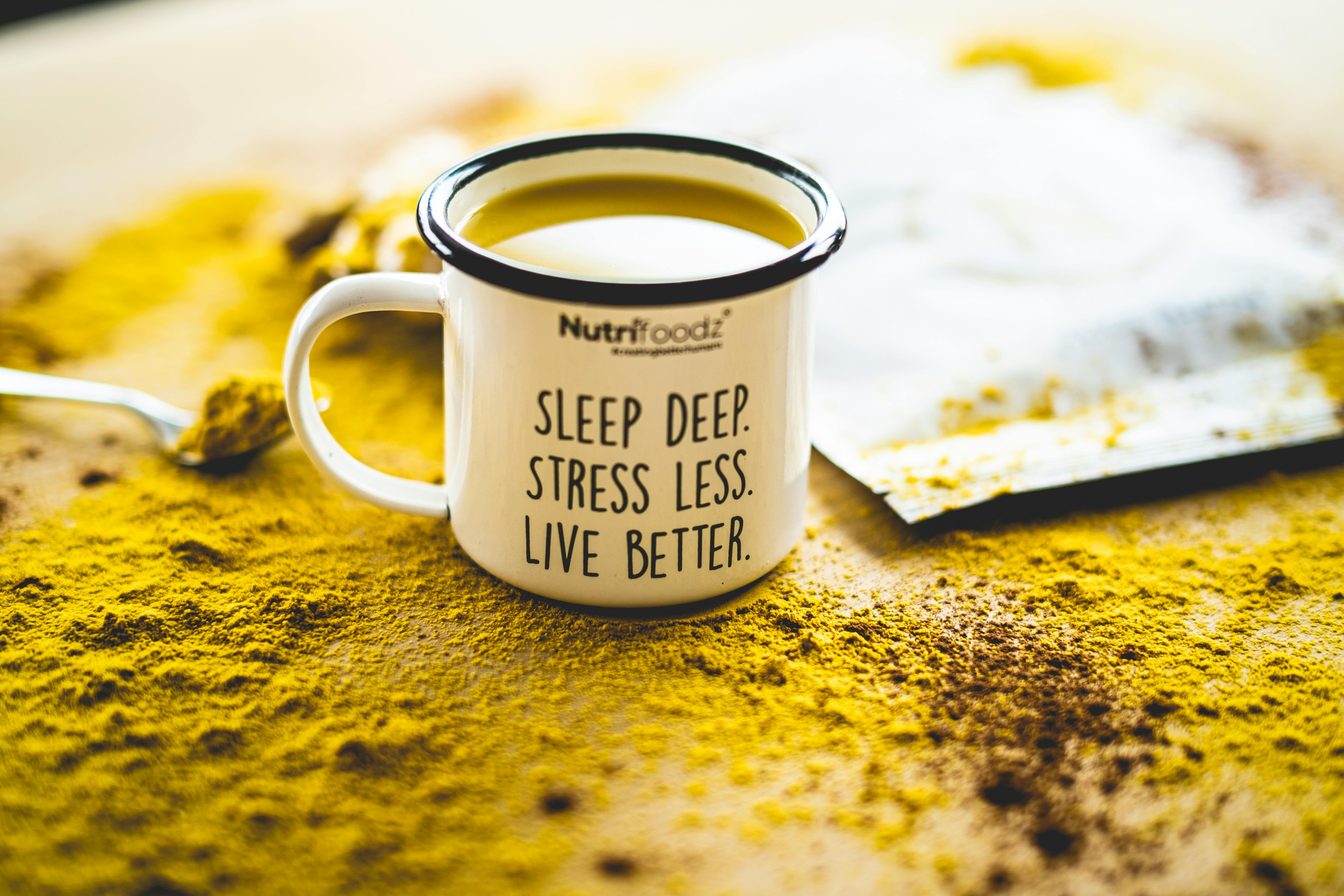
Science consistently links high-quality sleep to better health, cognitive function, and emotional support. Quality sleep supports emotional regulation, lowers anxiety, and improves mood. Poor sleep, by contrast, is associated with higher levels of stress and a greater risk of mental health issues. Good sleep strengthens the immune system, reduces the risk of chronic diseases, and promotes a healthy weight by balancing hunger hormones. Sufficient sleep improves concentration, memory, and decision-making skills, which are crucial for work, studies, and personal life. Deep, restful sleep is often called “beauty sleep” because the body repairs itself during sleep, including the skin, which can lead to a fresher and vibrant look.
Sleepmaxxing isn’t just a trend. It’s a rejection of society’s obsession with constant productivity. For a generation raised on hustle culture, the sleepmaxxing trend represents a return to the things that truly matter. On TikTok, influencers promoting sleepmaxxing often discuss the link between rest and mental health, encouraging viewers to reframe sleep as a necessary part of life, not an afterthought. This trend also aligns with a larger movement toward “slow living,” in which people prioritize intentional choices and slower paces over rushing through life.
The downside of the sleepmaxxing trend
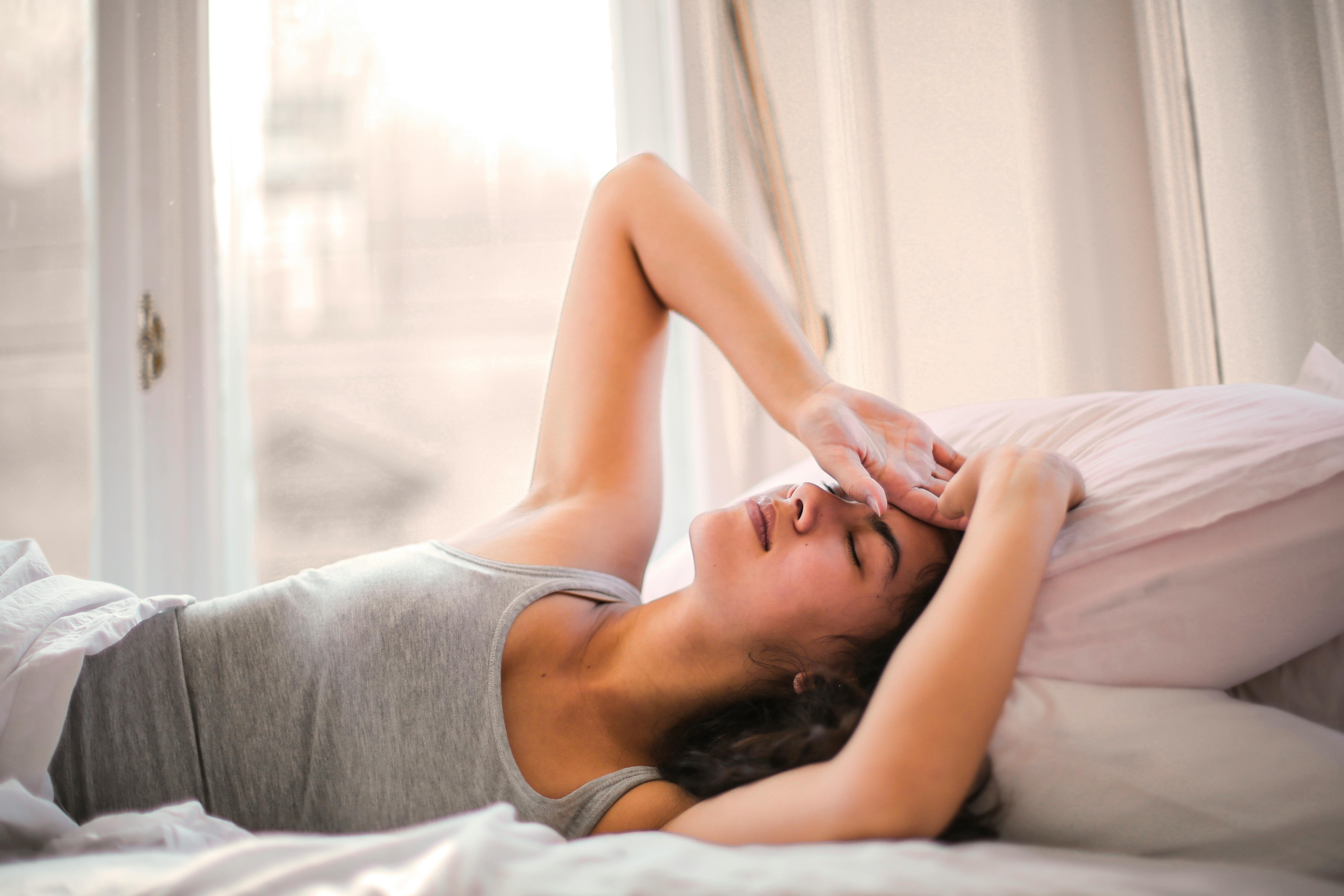
For those with demanding jobs, caregiving responsibilities, or unpredictable schedules, committing to more sleep can feel unrealistic. High-quality mattresses, sheets, and sleep tech can be expensive, making the full experience of sleepmaxxing difficult to access for everyone. Many still associate sleeping a lot with laziness. Sleepmaxxing requires a shift in mindset that not everyone is ready to accept.
But there are ways to adopt this trend without going overboard financially. For instance, simple changes like wearing an eye mask, lowering the room temperature, or diffusing lavender essential oil can significantly improve sleep. There are apps like YouTube that offer free guided meditations, sleep stories, and soundscapes. Setting a regular bedtime and wake-up time costs nothing and can make a huge difference in sleep quality. TikTok’s sleepmaxxing trend is a refreshing reminder that rest is not a luxury, but a necessity. By adopting sleepmaxxing, we can reshape our lifestyles, make wellness a priority, and perhaps live happier, healthier lives. Whether you’re looking to dive deep into the practice or start small with a few changes, remember: sleep isn’t time wasted; it’s an investment in a better, fuller life. This approach aligns with the idea that self-care isn’t selfish—it’s essential. And in a world that’s constantly on the go, prioritizing rest might be the most radical and beneficial choice we can make.





